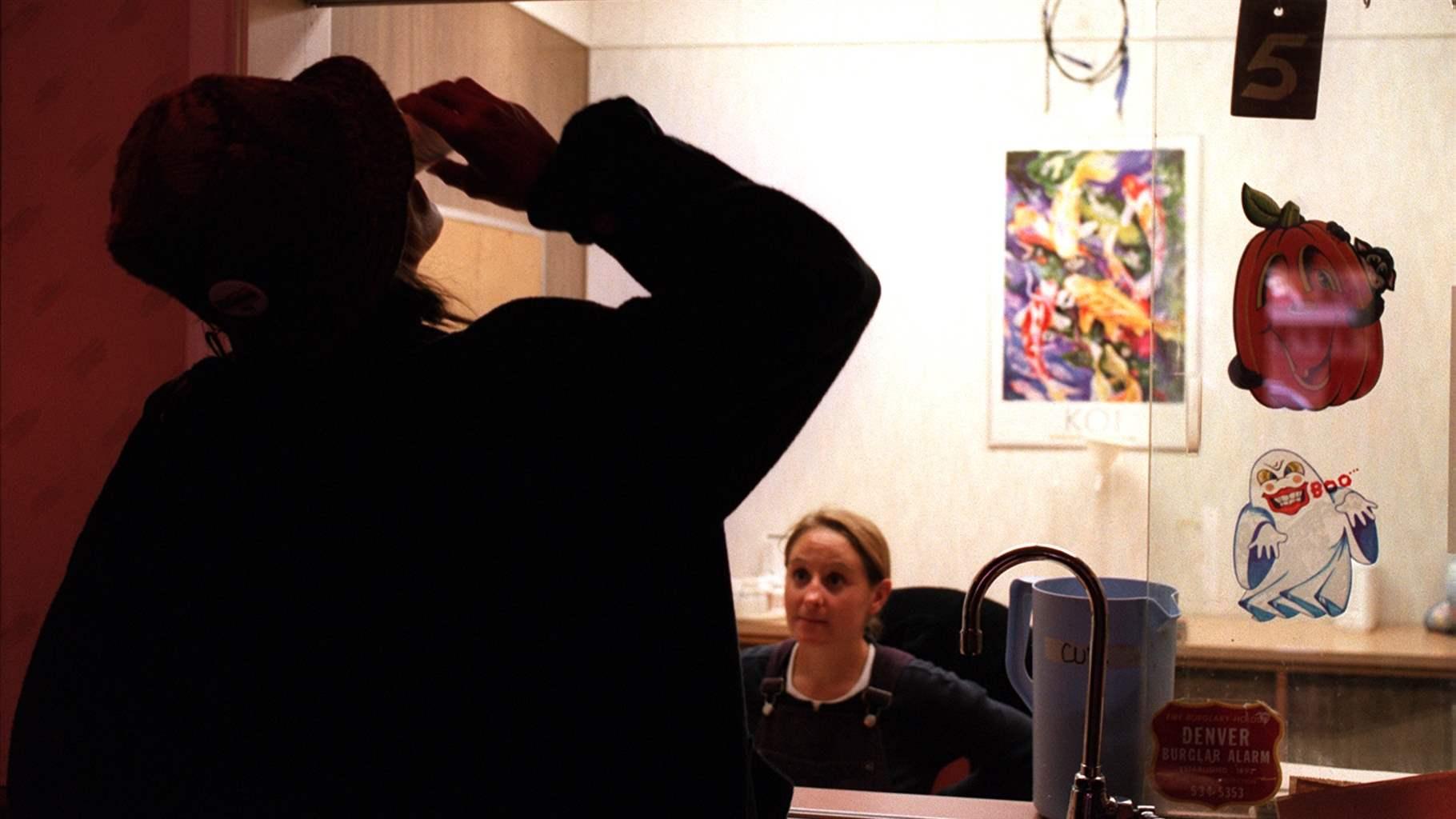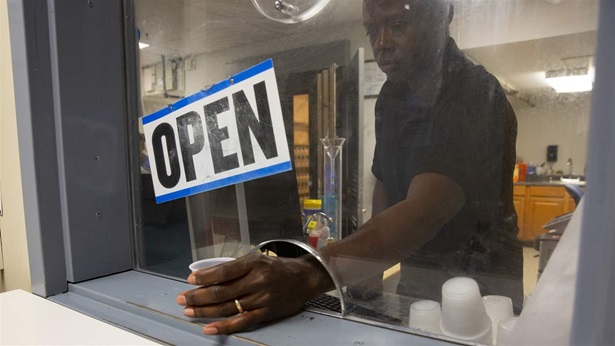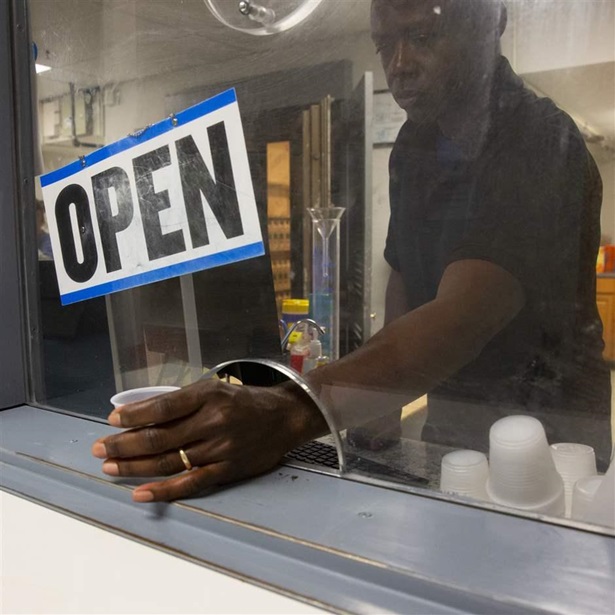Lifesaving Addiction Treatment Out of Reach for Many Americans
A state-by-state look at care provided by opioid treatment programs, a critical facility

Drug overdose deaths skyrocketed during the COVID-19 pandemic: Provisional data covering a 12-month period shows that overdose deaths reached the record-setting number of more than 100,000 fatalities as of June 2021. Opioid treatment programs (OTPs)—the only health care facilities that can offer patients all three forms of medication for opioid use disorder (OUD): methadone, buprenorphine, and injectable extended-release naltrexone—are critical to reducing overdose deaths and providing life-saving addiction treatment. But they do so only if patients are able to access services.
Results from a new study by The Pew Charitable Trusts show that geography and health insurance coverage, rather than medical need, often determine whether patients can access effective treatment for OUD. Pew’s 50-state analysis of OTPs found significant disparities in care from state to state. Some individuals cannot access these critical therapies simply due to where they live or what health insurance they have.
These gaps in care put patients struggling with OUD at risk, and many need effective treatment now more than ever. Understanding these disparities can help state policymakers improve their states’ OTP treatment systems and expand access to medications for OUD. Pew’s analysis found that:
Many opioid treatment programs offer a limited selection of FDA-approved medications for OUD.
While nearly all OTPs provide methadone—the most highly regulated form of medication for OUD—based on the Substance Abuse and Mental Health Services Administration (SAMHSA) data, 60.5% did not offer injectable naltrexone and nearly 20% of OTPs nationally did not offer buprenorphine in 2020.
Note: Wyoming did not have an OTP as of 2020.
Source: 2020 SAMHSA National Survey of Substance Abuse Treatment Services (N-SSATS).
OTPs do not universally accept Medicaid—the largest insurer for substance use treatment in the U.S.—despite state Medicaid programs covering methadone treatment for OUD.
The share of OTPs that accepted Medicaid in 2020 ranged from 100% in Alaska, the District of Columbia, Hawaii, Iowa, Idaho, Kentucky, Montana, Nevada, New Hampshire, New Mexico, Ohio, Vermont, Washington, West Virginia, and Wisconsin to 0% in Mississippi and South Dakota. This shows that even if people with OUD can access OTPs in their state, their Medicaid insurance may not be accepted. This adds more barriers to care as the only remaining option would then be for patients to pay out of pocket.
Note: Wyoming did not have an OTP as of 2020.
Source: 2020 SAMHSA National Survey of Substance Abuse Treatment Services (N-SSATS).
Treatment for mental health disorders—which are common among people with OUD—are not readily available at OTPs.
Other crucial services for people with OUD and co-occurring mental health disorders—such as diagnosis, treatment, or counseling to assist in alleviating mental or emotional health symptoms, conditions, or disorders—may not be available at OTPs. For instance, less than half of OTPs in 26 states offered mental health services in 2020. And the services offered varied greatly from state to state. In Vermont, more than 63% of OTPs offered mental health services in 2020. However, if an individual were to cross the border into neighboring New Hampshire, that person could not access mental health services at any of the state’s OTPs. While such ancillary services should be available for patients who need them, they should not be a required component of care for people with OUD as this may create more barriers to receiving medication treatment.
Note: Wyoming did not have an OTP as of 2020.
Source: 2020 SAMHSA National Survey of Substance Abuse Treatment Services (N-SSATS).
OTPs often fail to provide tailored treatment for specific populations, such as pregnant people or people who speak languages other than English.
According to federal guidance, OTPs should provide culturally competent care to meet the needs of special populations. However, this is often not the case. For example, only 31 states offered services in languages other than English at 50% or more of their OTPs in 2020. And despite rising rates of opioid misuse among the pregnant population since the early 2000s, 6 states offered tailored programming for pregnant/postpartum people at less than half of their OTPs in 2020.
Note: Wyoming did not have an OTP as of 2020.
Source: 2020 SAMHSA National Survey of Substance Abuse Treatment Services (N-SSATS).
State policymakers should work to curb overdose deaths and help more patients access effective treatment for OUD by ensuring OTPs offer high-quality, effective, and equitable care. Policymakers can use this map tool to explore what kind of treatment and services are available at OTPs in their state and take steps to ensure these facilities meet the needs of patients with OUD.
Methodology
This analysis draws on publicly available data from the 2020 SAMHSA National Survey of Substance Abuse Treatment Services (N-SSATS) to identify state-by-state percentages and trends using descriptive statistical analyses. The N-SSATS annual survey collects responses from private and public substance use treatment facilities in the U.S.














